Marble has long been a popular choice for bathroom vanity materials due to its classic and elegant appearance. This natural stone comes in a variety of colors and patterns, making each piece unique. Its durability and resistance to heat and water make it a great option for a bathroom vanity. However, it is important to note that marble is a porous material and can be susceptible to staining and etching from certain substances, so proper sealing and maintenance is necessary. Marble
Another popular natural stone option for bathroom vanities is granite. Known for its strength and durability, granite is a great choice for high-traffic bathrooms. It is also heat and water-resistant, making it a practical option for a bathroom vanity. Like marble, granite also requires proper sealing and maintenance to prevent staining and etching. Granite
Quartz is a man-made material that has become increasingly popular in recent years for bathroom vanities. It is made from natural quartz crystals and resin, resulting in a strong and durable material. It is also non-porous, making it resistant to stains and bacteria. One of the biggest advantages of quartz is that it comes in a wide range of colors and patterns, making it a versatile option for any bathroom design. Quartz
Wooden bathroom vanities add warmth and character to a bathroom. They come in a variety of wood types, such as oak, teak, and walnut, each with its own unique look. One of the benefits of using wood as a vanity material is that it can be easily customized and stained to match any bathroom design. However, it is important to note that wood is susceptible to water damage, so proper sealing and maintenance is necessary. Wood
Laminate is a budget-friendly option for bathroom vanities. It is made of layers of plastic and paper bonded together, resulting in a durable and water-resistant material. One of the advantages of using laminate is that it comes in a variety of colors and patterns, allowing you to achieve the look of more expensive materials without the high cost. However, it is not as durable as other materials and can be prone to scratching and chipping. Laminate
Ceramic is a popular choice for bathroom vanities due to its affordability and versatility. It is a strong and durable material that is resistant to water and stains. Ceramic tiles also come in a wide range of colors, shapes, and patterns, allowing you to get creative with your bathroom design. However, like most materials, it is important to properly seal and maintain ceramic to prevent damage. Ceramic
Porcelain is a type of ceramic that is known for its strength and durability. It is fired at a higher temperature than regular ceramic, resulting in a harder and less porous material. One of the biggest advantages of porcelain is that it is highly resistant to water and stains, making it a great option for a bathroom vanity. It also comes in a variety of colors and patterns to suit any design aesthetic. Porcelain
Glass is a modern and sleek option for a bathroom vanity. It is a versatile material that can be customized in different colors and shapes, and it can also be etched or textured for added visual interest. One of the benefits of using glass as a vanity material is its ability to reflect light and make a small bathroom appear larger. However, it is important to note that glass can be prone to scratching and requires regular cleaning to maintain its shine. Glass
Metal is a unique and modern option for a bathroom vanity. It comes in a variety of finishes, such as brushed nickel, bronze, and chrome, to suit different design styles. Metal vanities are also durable and easy to clean, making them a practical option for a bathroom. However, they can be more expensive than other materials and may require regular polishing to maintain their shine. Metal
Acrylic is a lightweight and affordable option for a bathroom vanity. It is a synthetic material that is resistant to water and stains, making it a practical choice for a bathroom. One of the main benefits of acrylic is its versatility, as it can be molded into different shapes and sizes to fit any bathroom design. However, it is not as durable as other materials and can be prone to scratching and discoloration over time. Acrylic
Choosing the Right Material for Your Bathroom Vanity

Wood
 One of the most popular materials used for bathroom vanities is
wood
. It adds warmth and natural beauty to any space, making it the perfect choice for those looking for a traditional or rustic design.
Wood
vanities are available in a variety of finishes, such as oak, cherry, and maple, allowing you to choose the one that best complements your bathroom's overall aesthetic.
One of the most popular materials used for bathroom vanities is
wood
. It adds warmth and natural beauty to any space, making it the perfect choice for those looking for a traditional or rustic design.
Wood
vanities are available in a variety of finishes, such as oak, cherry, and maple, allowing you to choose the one that best complements your bathroom's overall aesthetic.
Marble
 For a touch of elegance and luxury,
marble
is a top choice for bathroom vanities. This natural stone is durable and resistant to water and heat, making it a practical option for a bathroom.
Marble
vanities come in a range of colors and patterns, from classic white to bold black, giving you plenty of options to match your personal style.
For a touch of elegance and luxury,
marble
is a top choice for bathroom vanities. This natural stone is durable and resistant to water and heat, making it a practical option for a bathroom.
Marble
vanities come in a range of colors and patterns, from classic white to bold black, giving you plenty of options to match your personal style.
Quartz
 As one of the hardest and most durable materials out there,
quartz
is a popular choice for bathroom vanities. It is non-porous, meaning it is resistant to stains and bacteria, making it a low-maintenance and hygienic option for a bathroom.
Quartz
vanities come in a wide array of colors and designs, making it easy to find one that complements your bathroom's design.
As one of the hardest and most durable materials out there,
quartz
is a popular choice for bathroom vanities. It is non-porous, meaning it is resistant to stains and bacteria, making it a low-maintenance and hygienic option for a bathroom.
Quartz
vanities come in a wide array of colors and designs, making it easy to find one that complements your bathroom's design.
Concrete
 For a modern and industrial look,
concrete
is a unique option for bathroom vanities. It is durable, water-resistant, and can be customized to fit any shape or size.
Concrete
vanities can also be stained or painted to match your bathroom's color scheme, making it a versatile choice for those looking for a one-of-a-kind design.
For a modern and industrial look,
concrete
is a unique option for bathroom vanities. It is durable, water-resistant, and can be customized to fit any shape or size.
Concrete
vanities can also be stained or painted to match your bathroom's color scheme, making it a versatile choice for those looking for a one-of-a-kind design.
Conclusion
 When it comes to choosing the right material for your bathroom vanity, it's important to consider both its functionality and aesthetic appeal.
Wood
,
marble
,
quartz
, and
concrete
are all excellent options, each with their own unique benefits and features. Ultimately, the choice will depend on your personal style and the overall design of your bathroom. With so many options to choose from, you're sure to find the perfect material for your dream bathroom vanity.
When it comes to choosing the right material for your bathroom vanity, it's important to consider both its functionality and aesthetic appeal.
Wood
,
marble
,
quartz
, and
concrete
are all excellent options, each with their own unique benefits and features. Ultimately, the choice will depend on your personal style and the overall design of your bathroom. With so many options to choose from, you're sure to find the perfect material for your dream bathroom vanity.




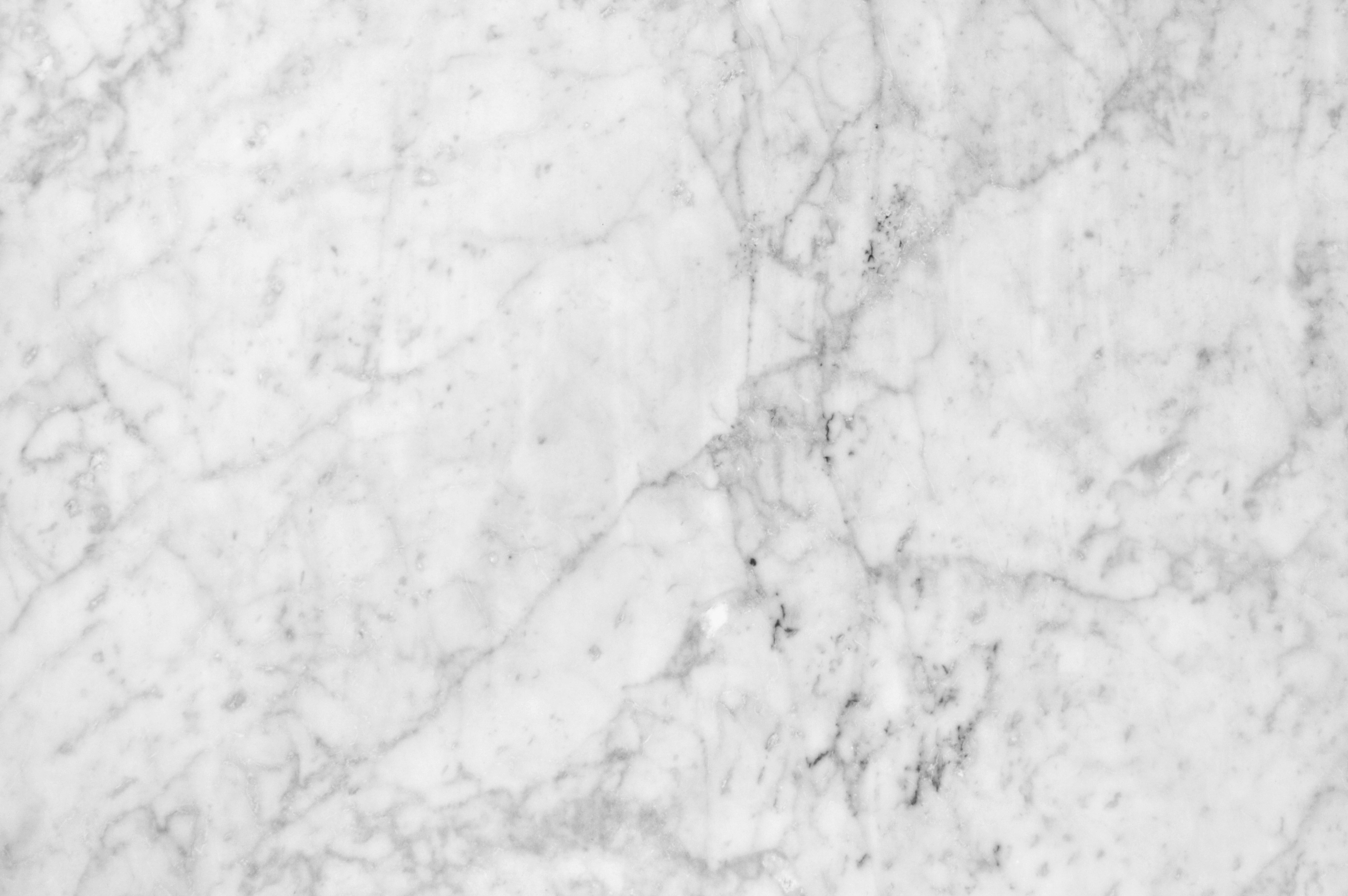






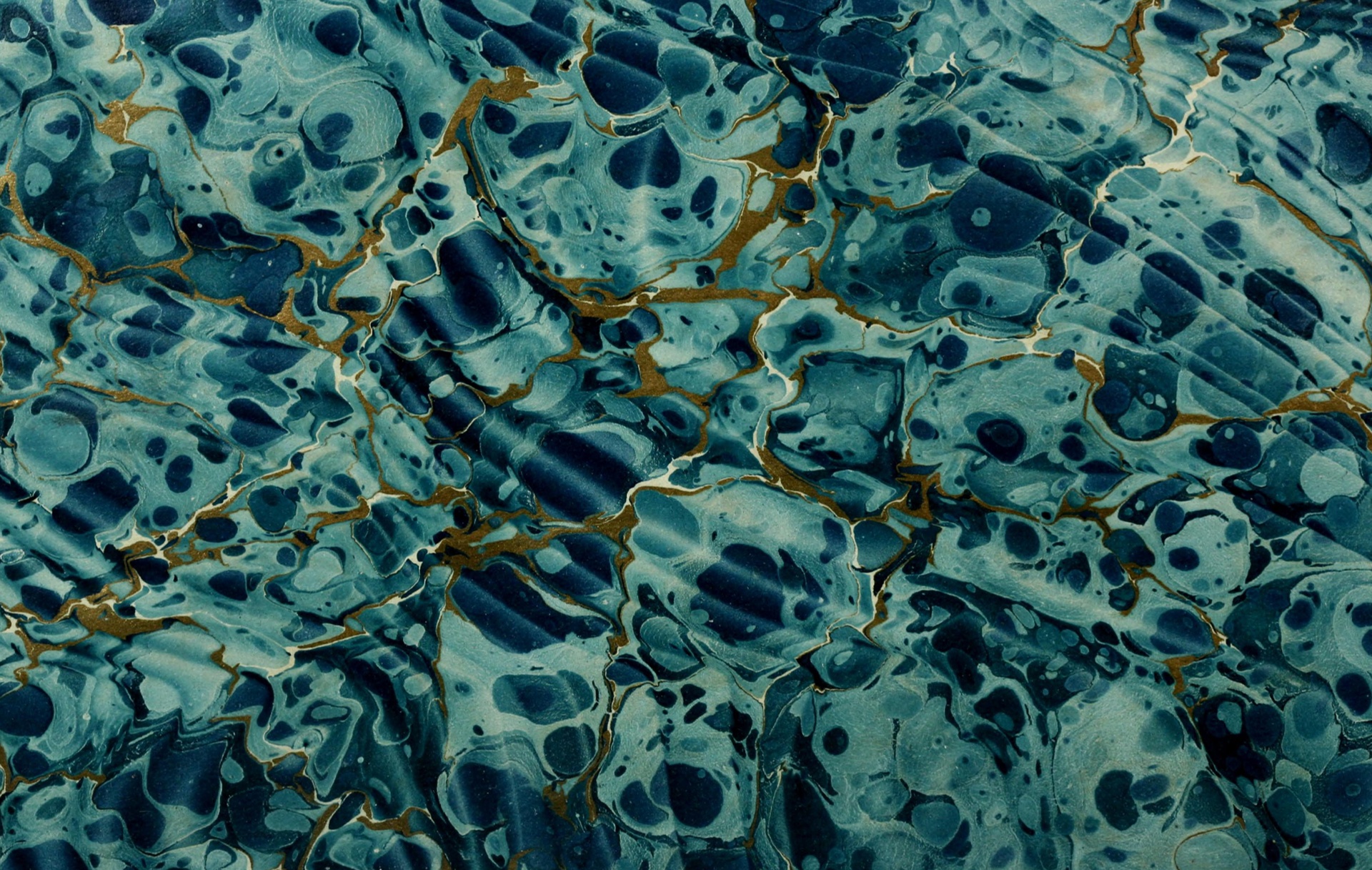





/Granite-Countertop-58c568523df78c353cfebca3.jpg)











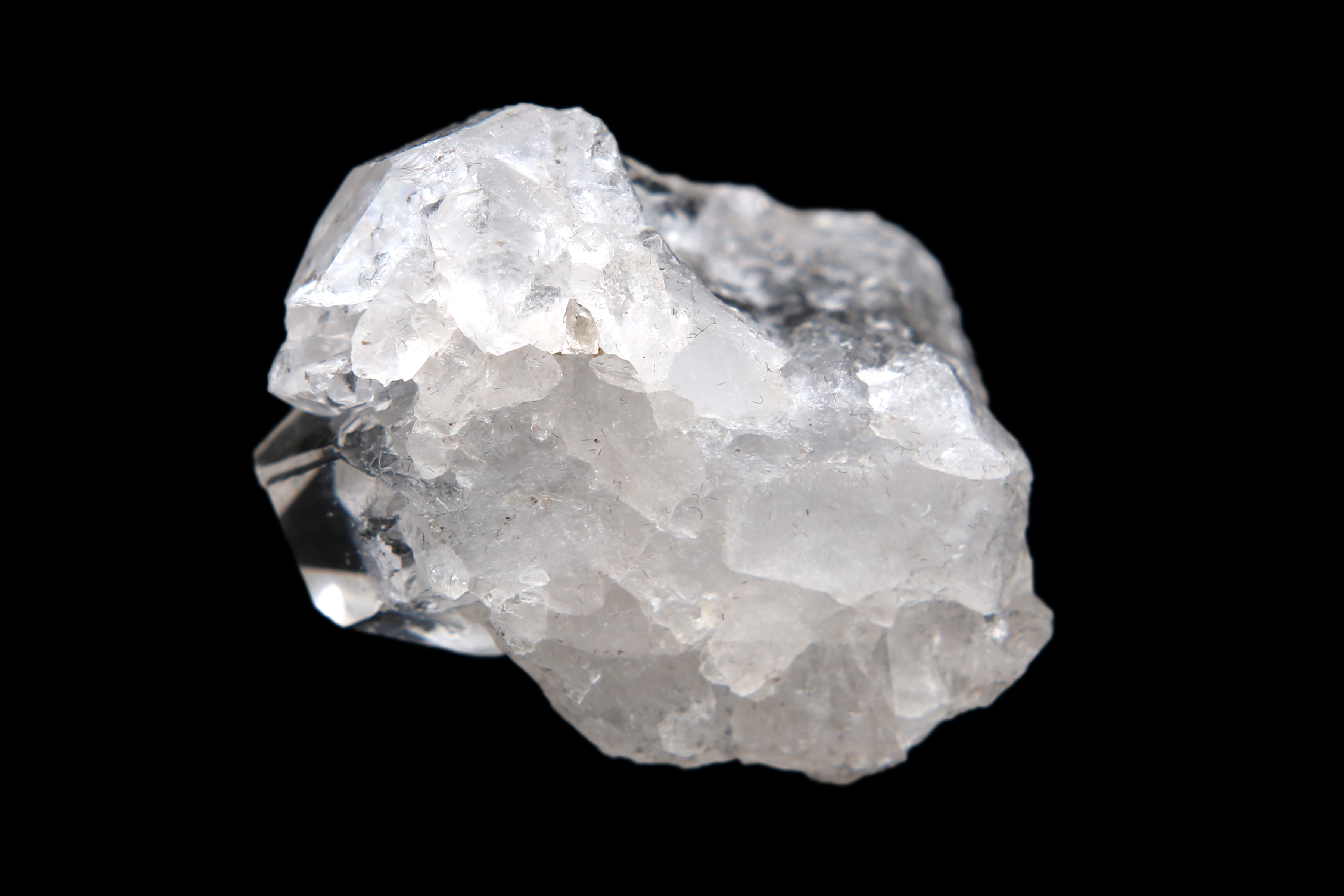




/quartzite-crystal-mineral-sample-studio-shot-with-black-background-972333846-5c7e6525c9e77c0001d19dda.jpg)

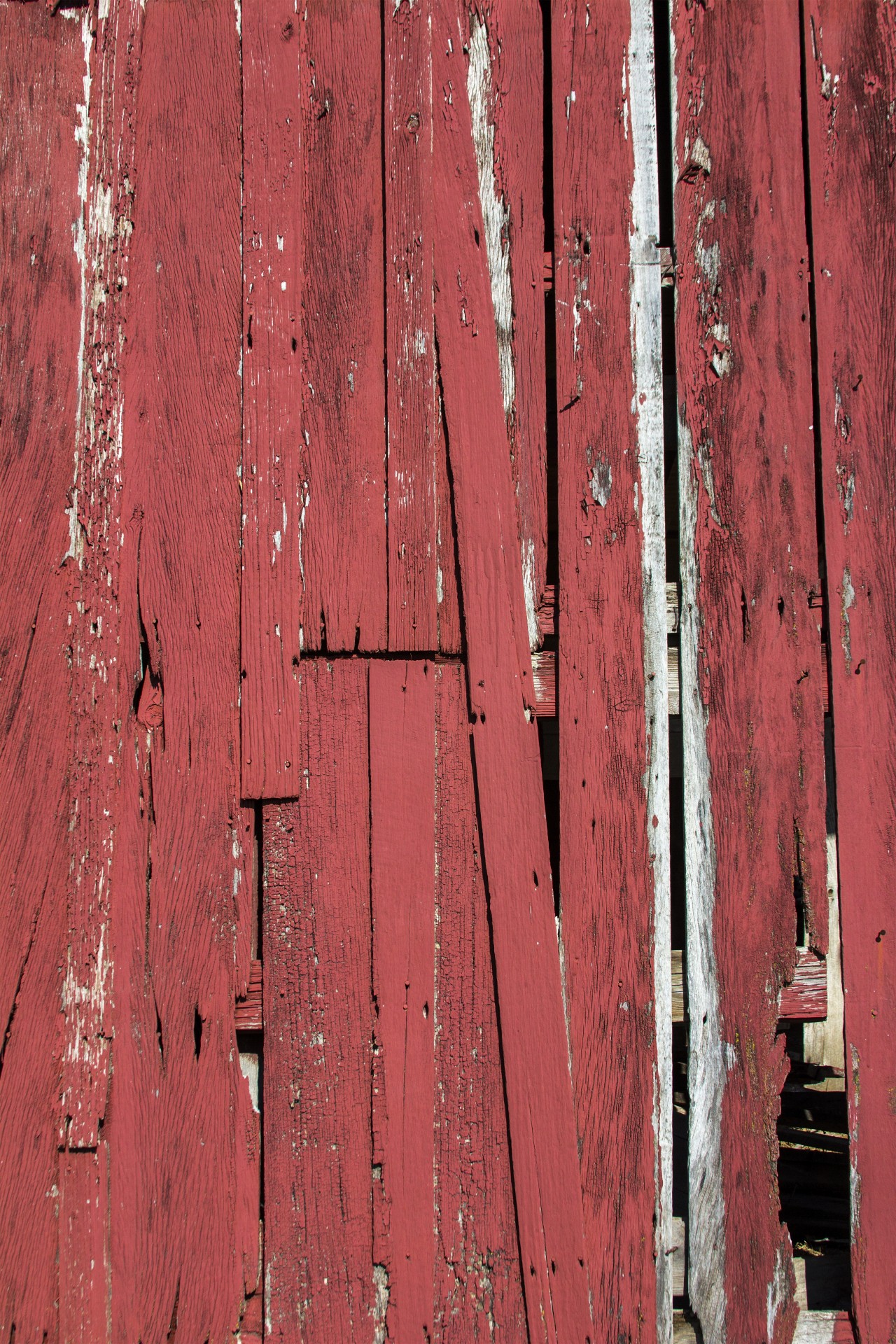







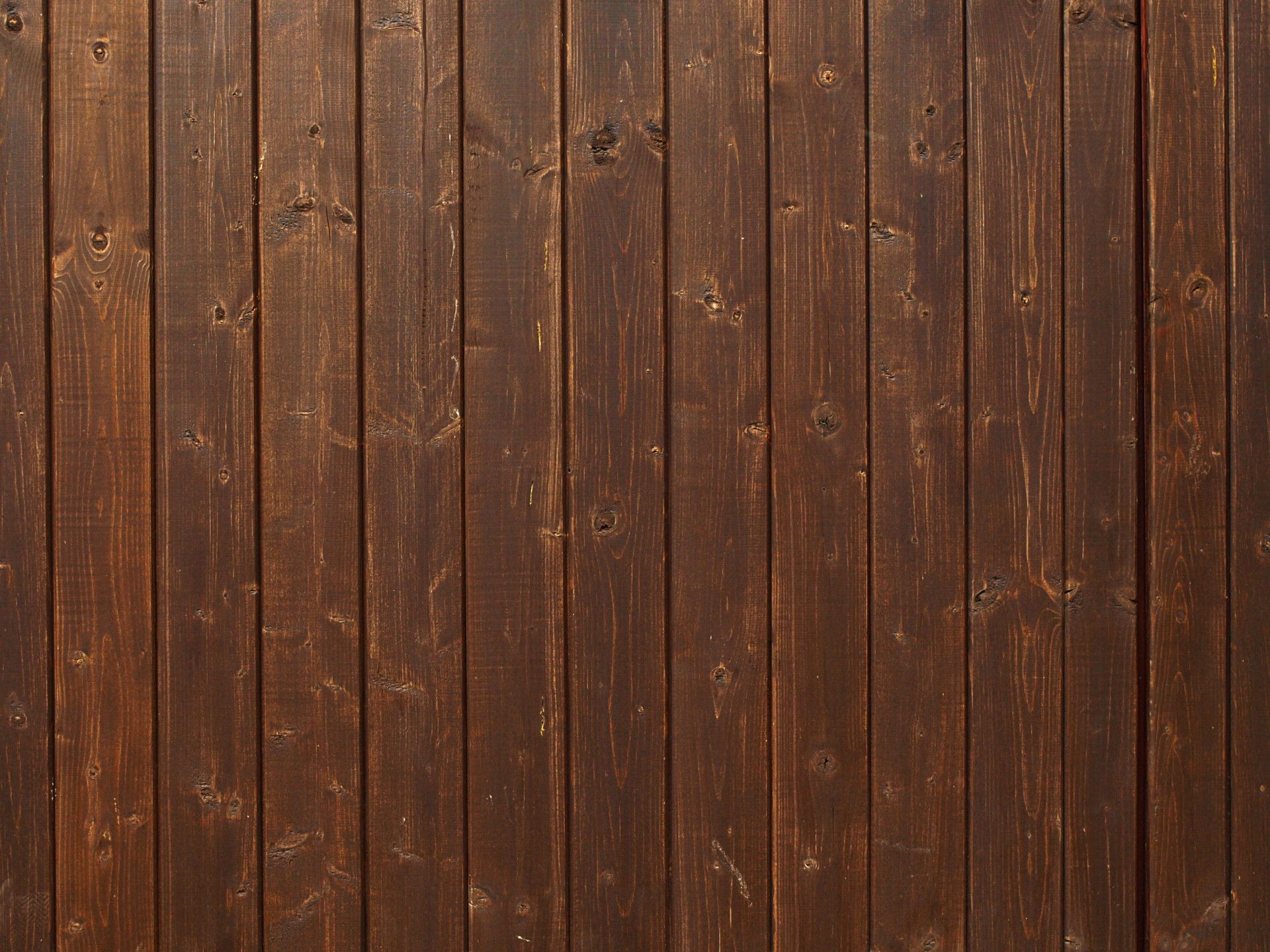





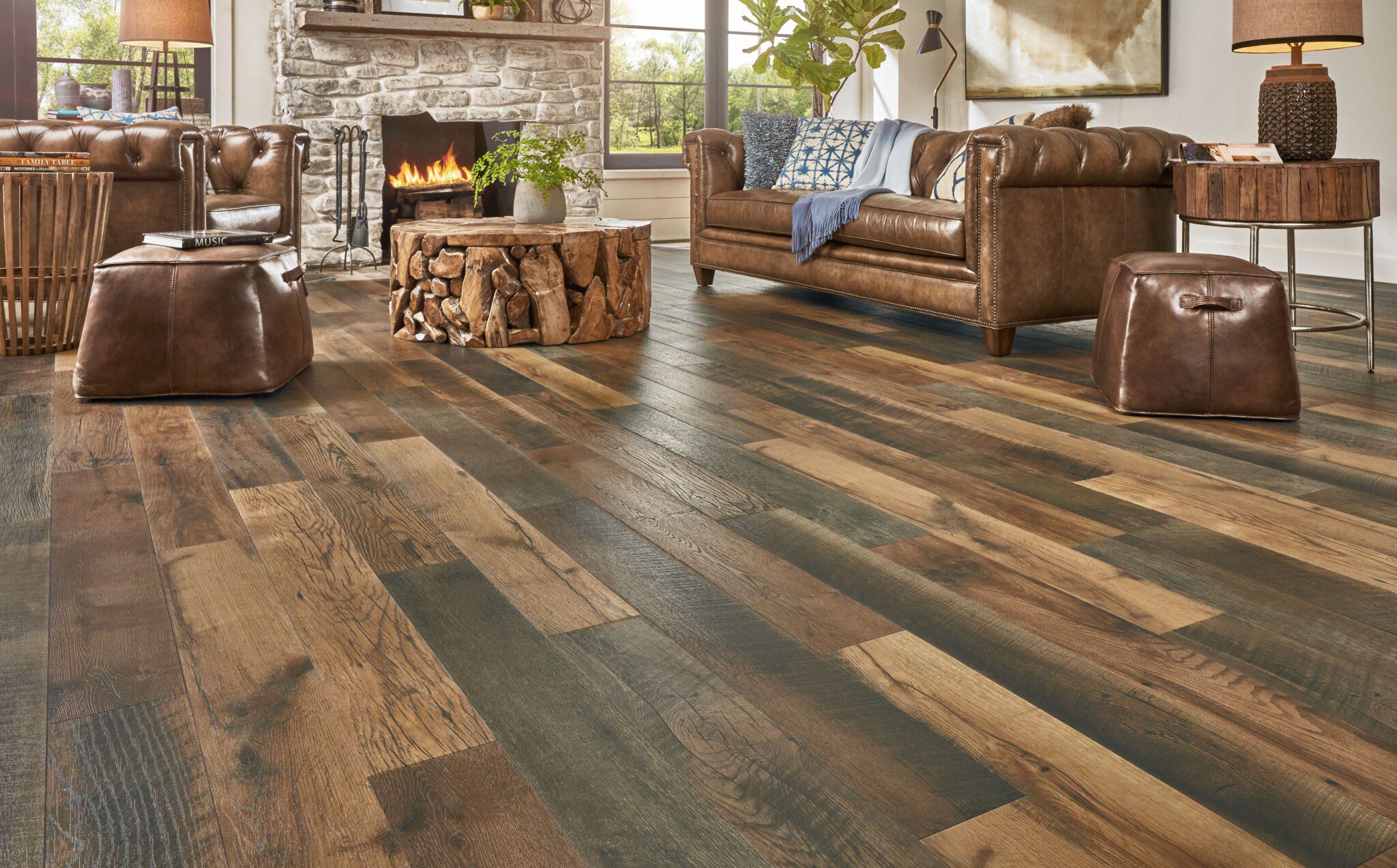










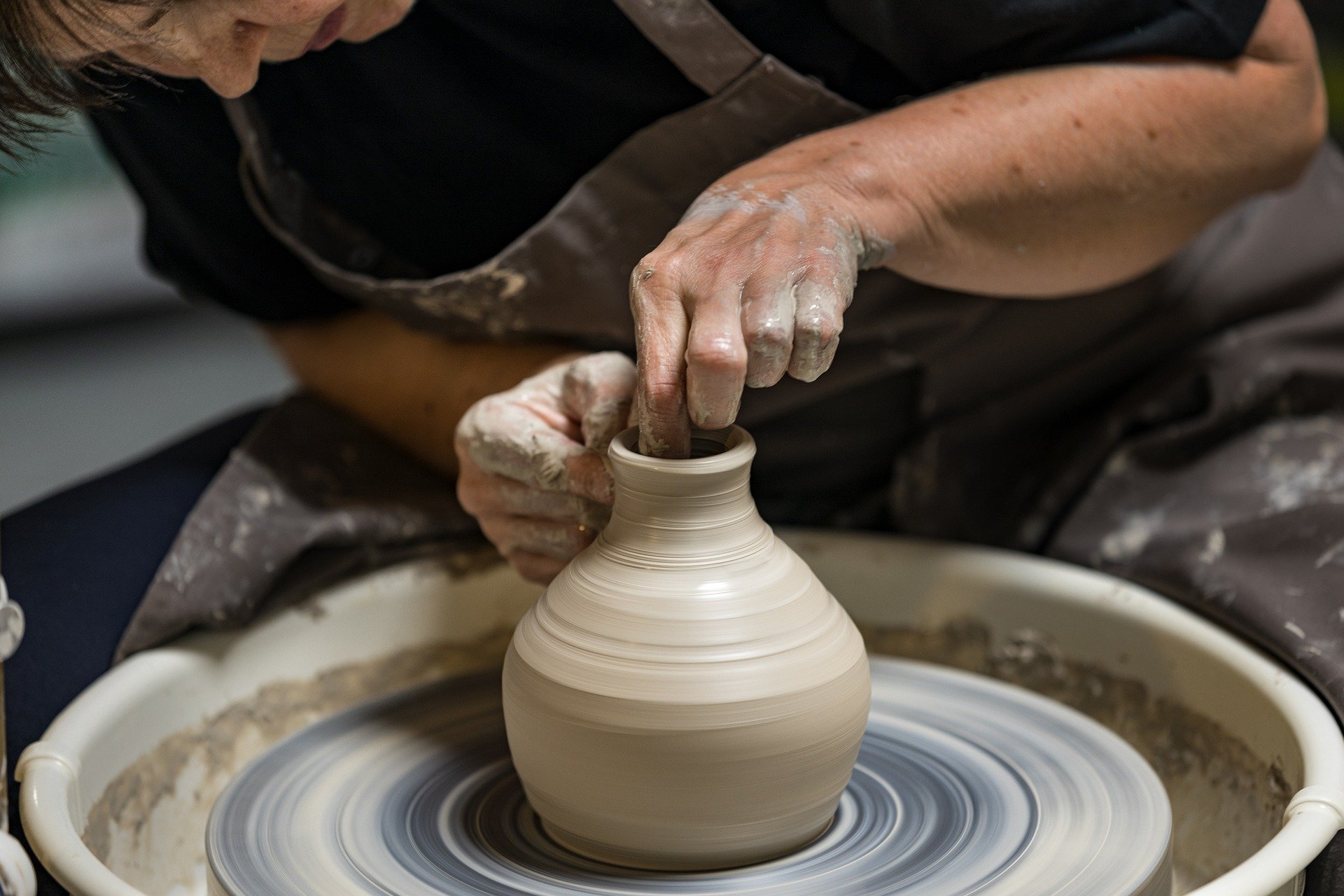



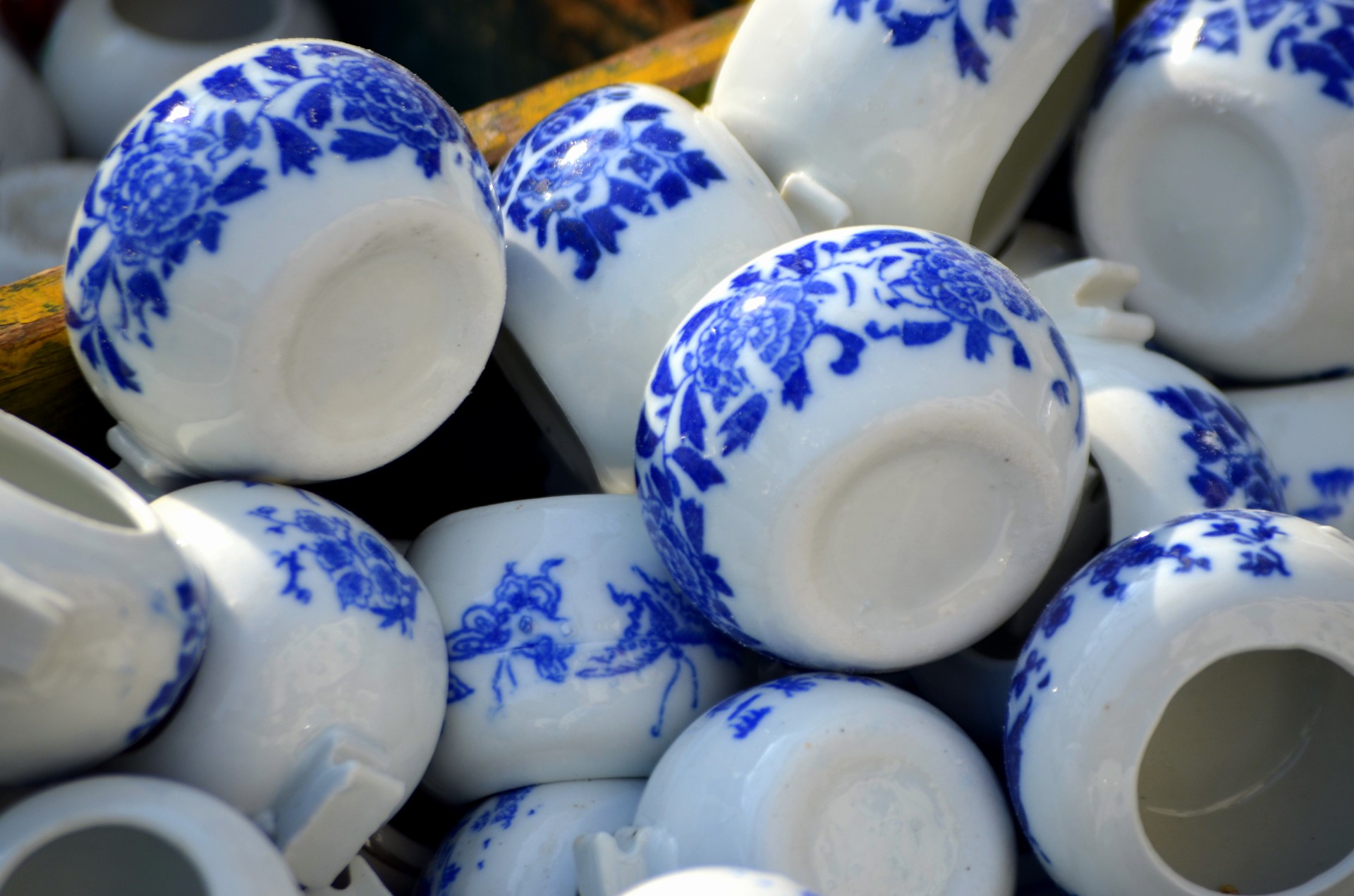















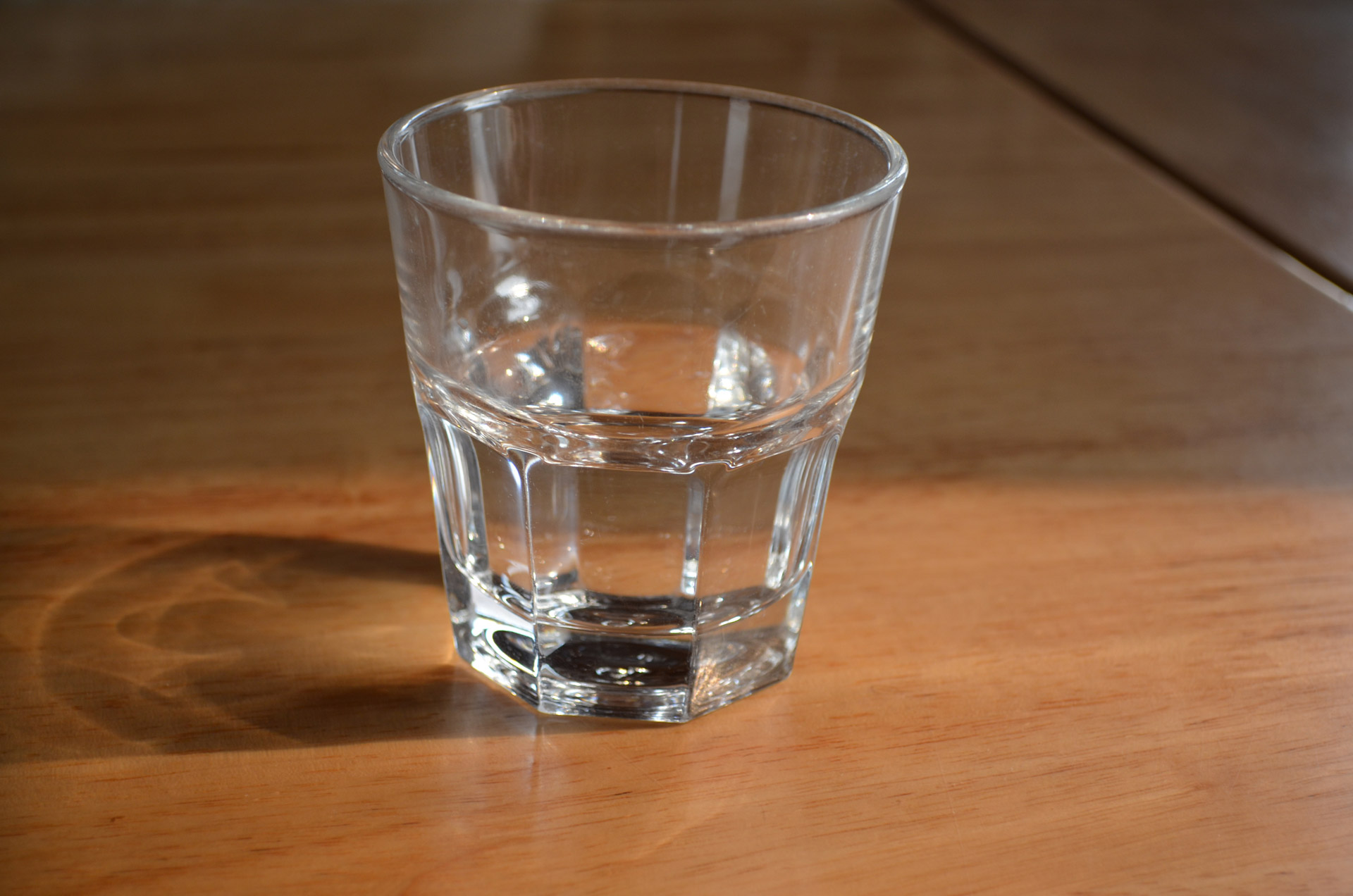



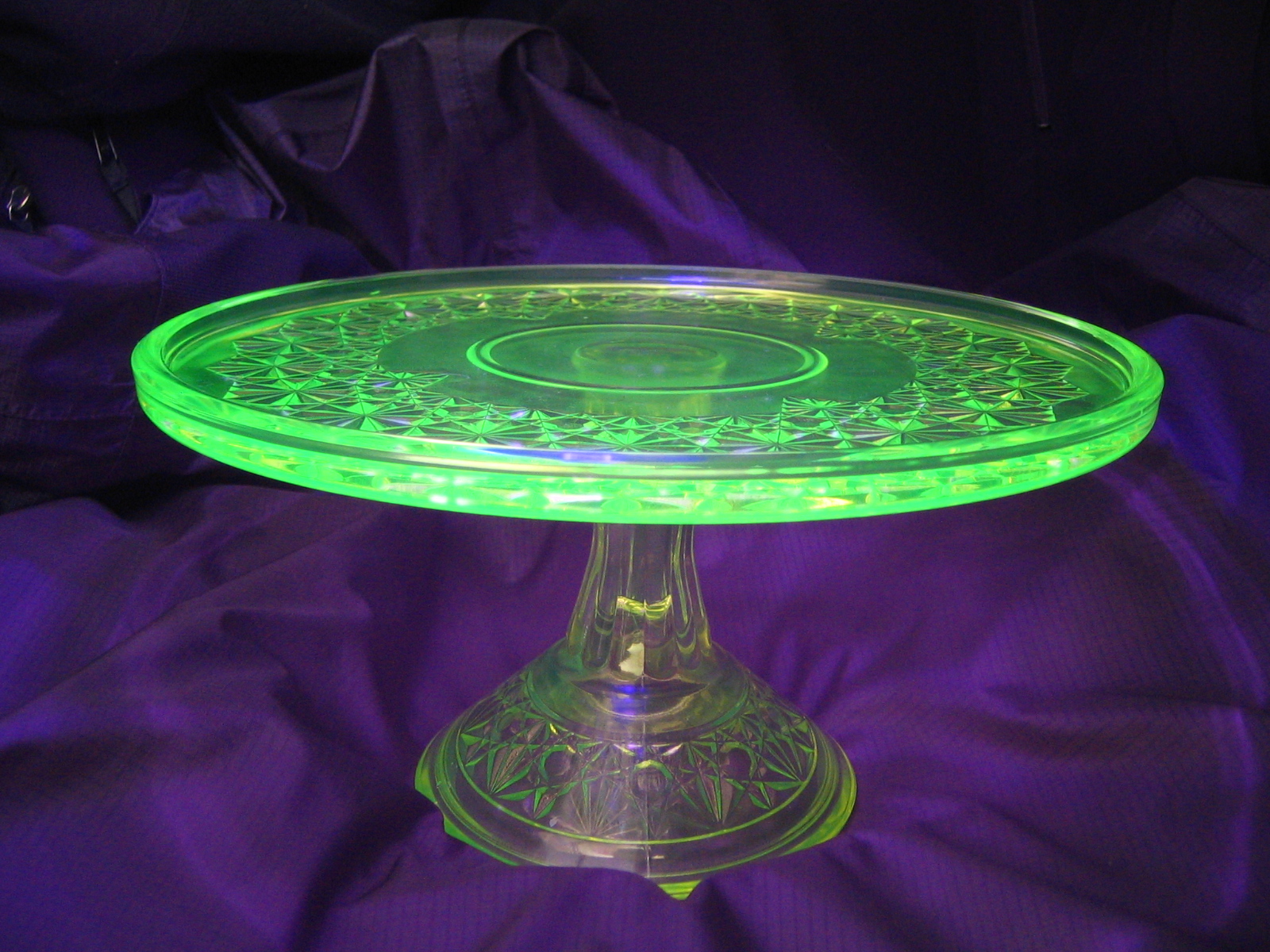







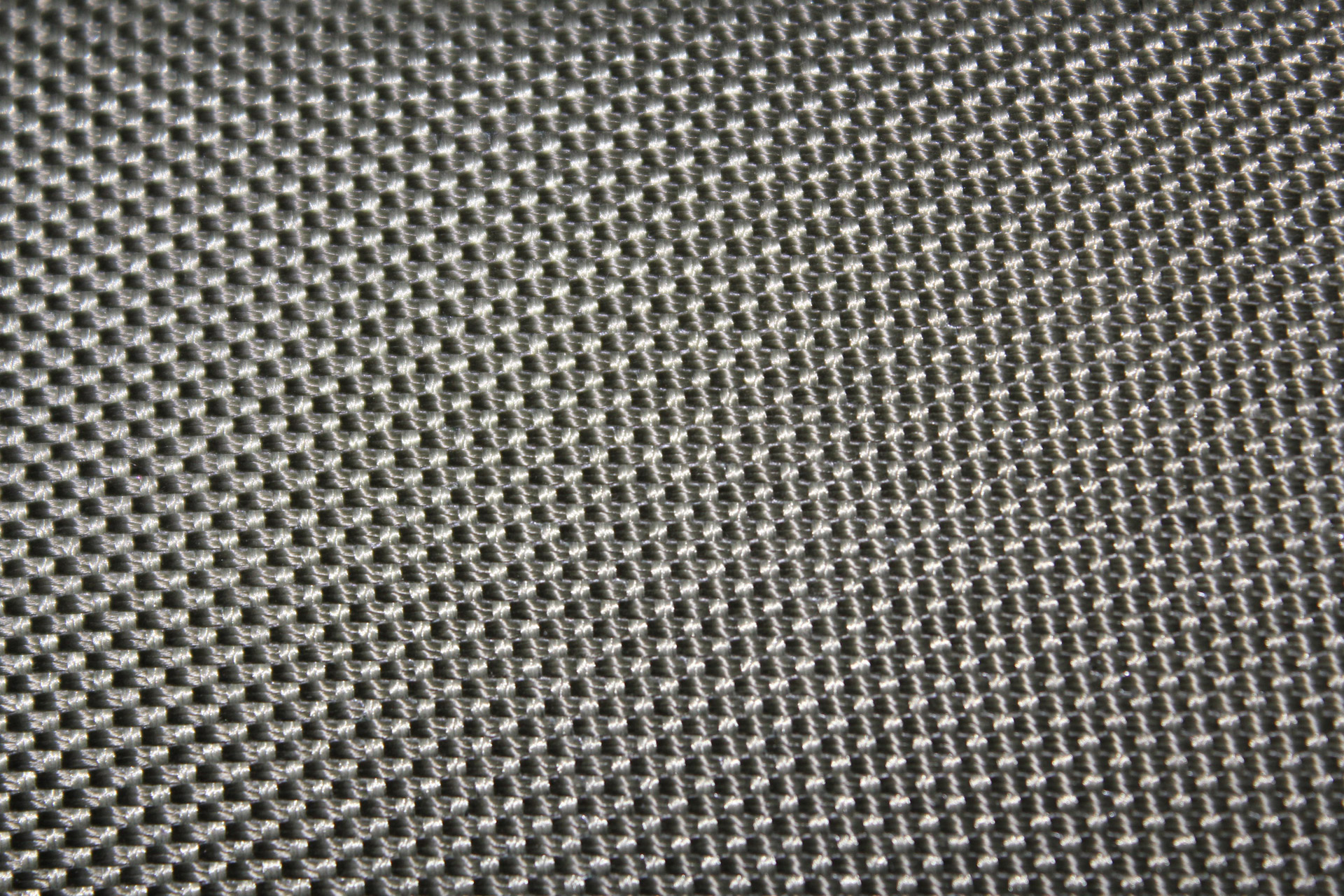



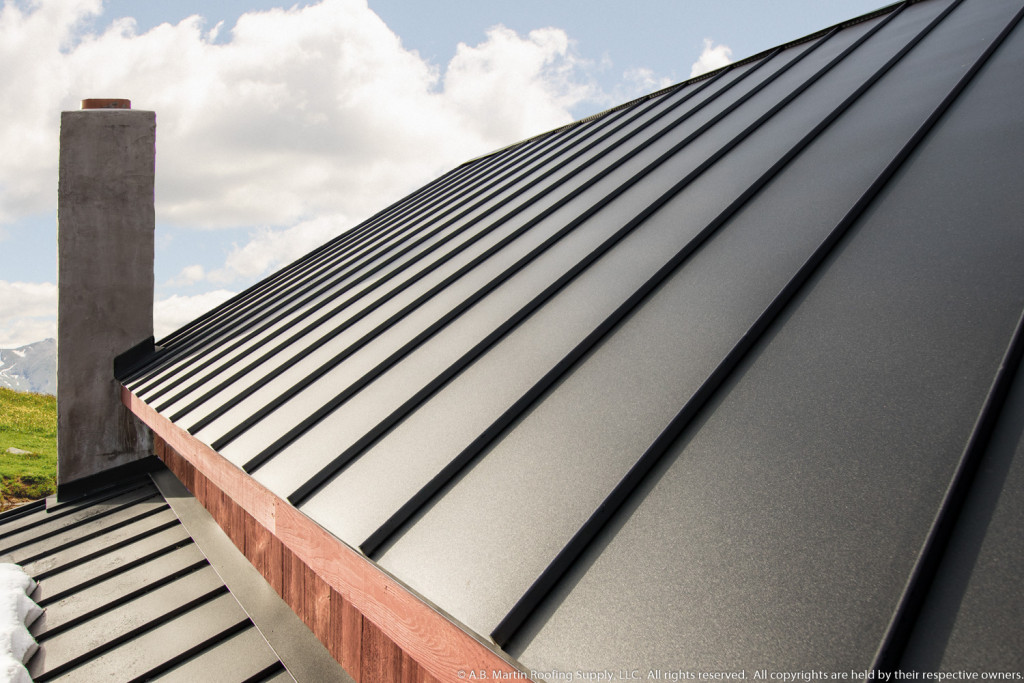








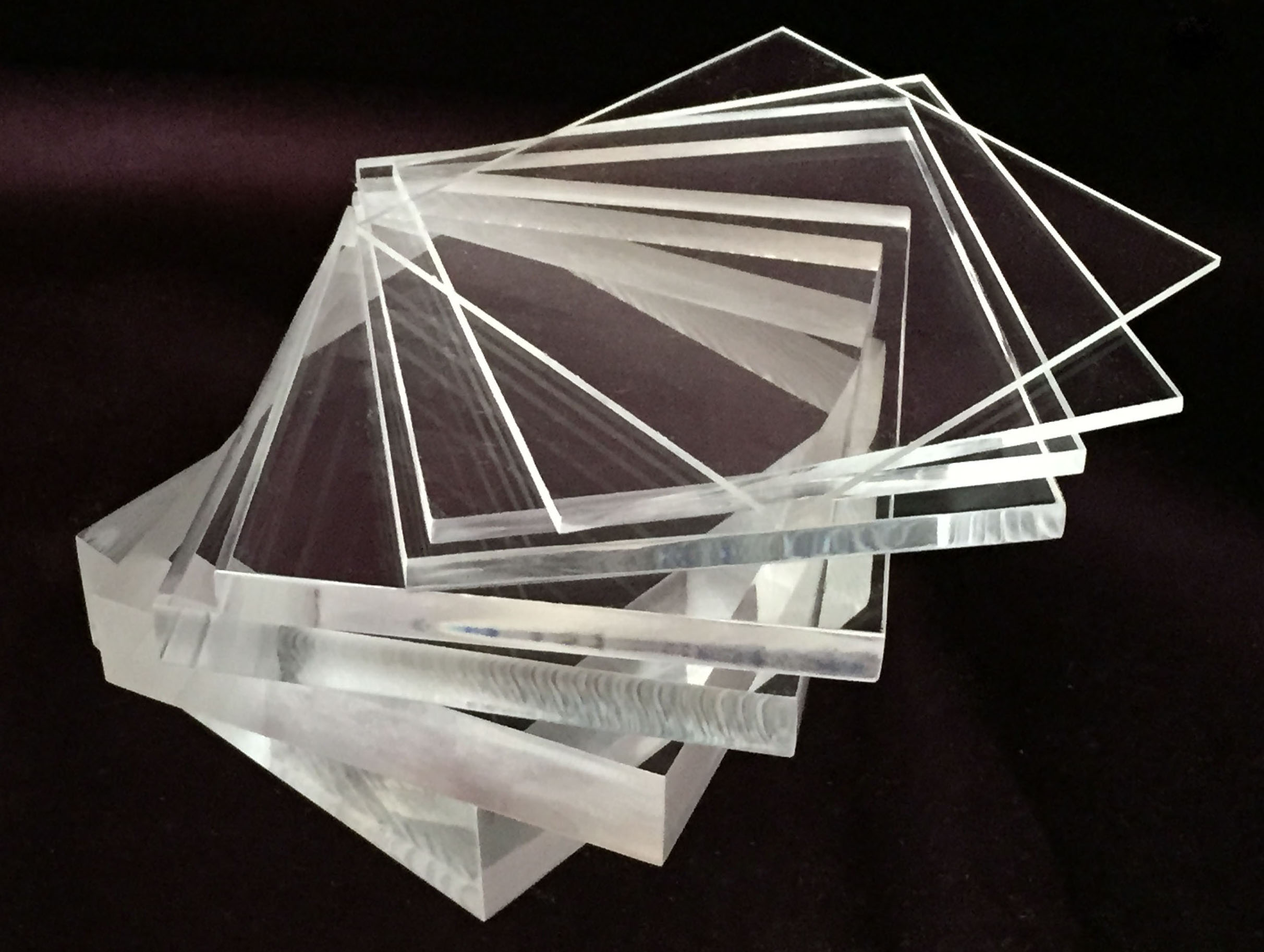



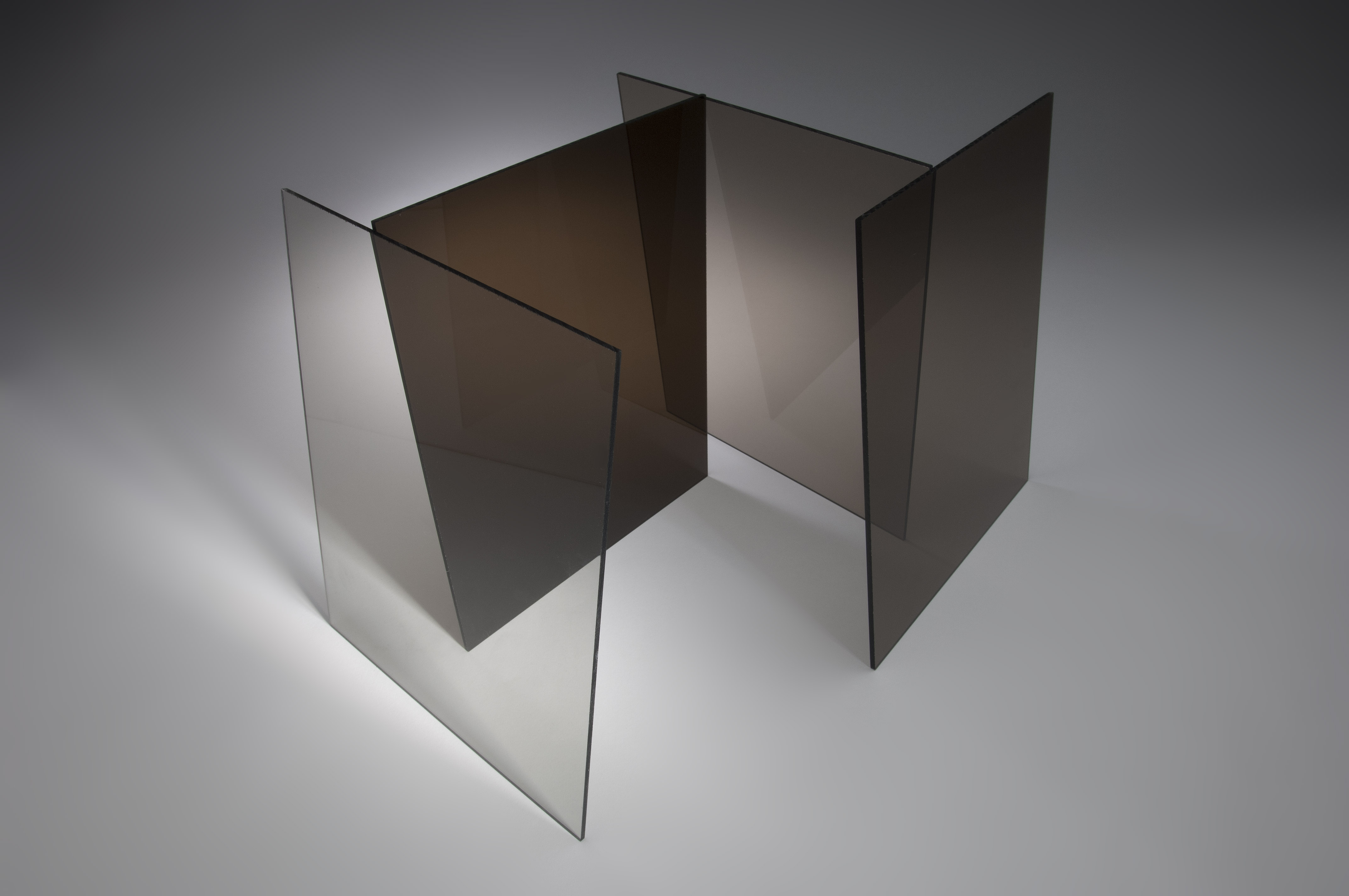
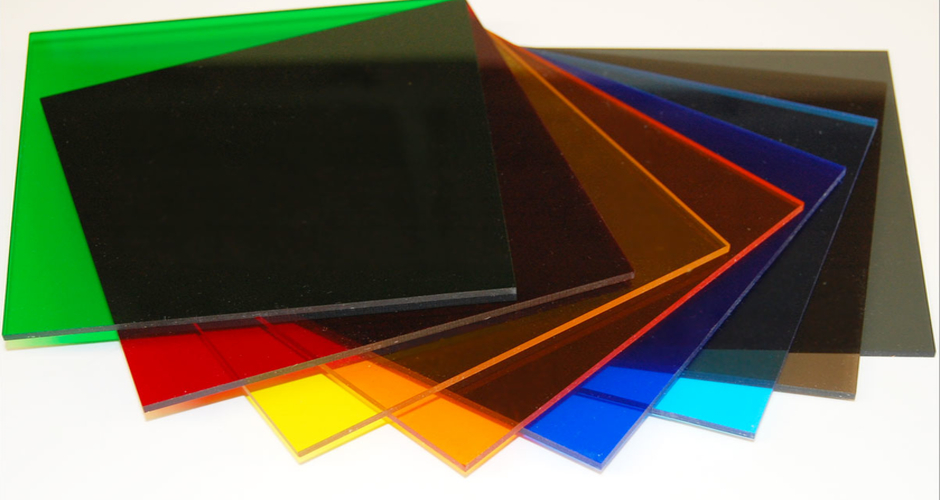
/acrylicpainttips_Beginners-56a6e7a65f9b58b7d0e56af3.jpg)





